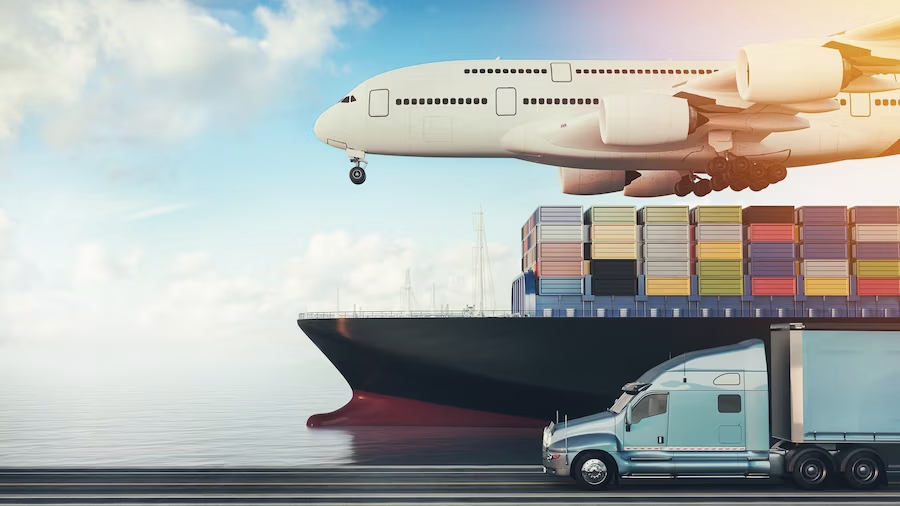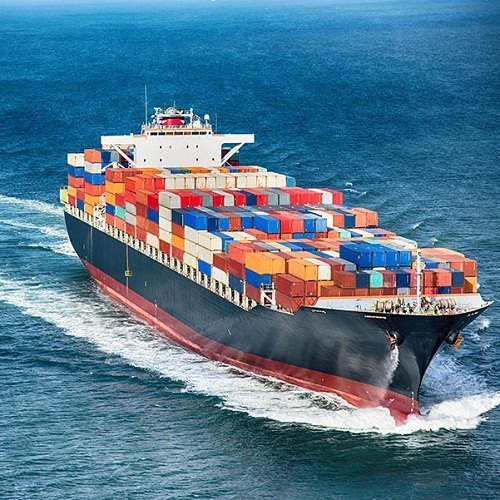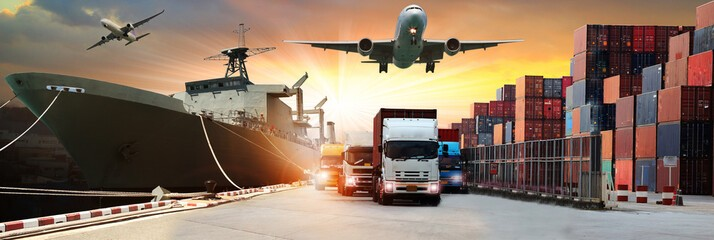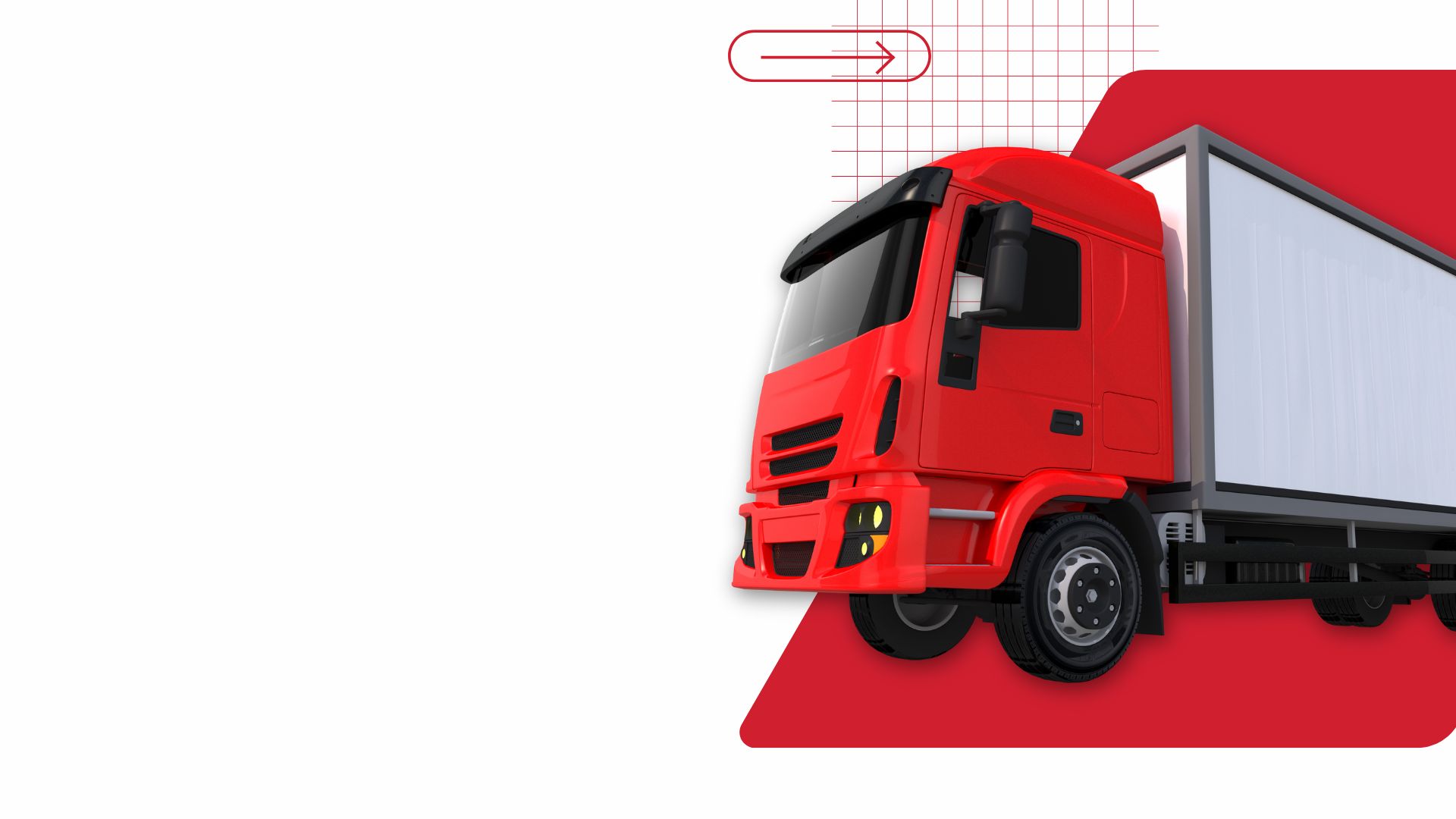When it comes to exporting goods internationally, choosing the right freight mode can make or break your bottom line. Whether you’re dealing with lightweight apparel or heavy machinery, the method of transport you choose will impact everything from cost and delivery speed to customer satisfaction and compliance. In this guide, we break down the best freight modes based on the weight and nature of your cargo, helping you make informed decisions for seamless and efficient global trade.
Air Freight for Lightweight Urgent Goods

When speed is non-negotiable, air freight stands out as the preferred choice. It’s perfectly suited for transporting lightweight, urgent, or high-value items like electronics, designer accessories, medical supplies, and important paperwork. Though more expensive than other modes, air freight offers unmatched speed and reliability.
Key Advantages:
- Speed: Air cargo can reach international destinations within 24–72 hours, making it perfect for urgent orders.
- Security: Airports have tight security, reducing the risk of theft and damage.
- Minimal Packaging: Reduced handling means less need for heavy-duty packaging.
Best Use Cases:
- E-commerce products requiring quick delivery
- Small but high-value items (jewelry, gadgets)
- Perishable goods that need fast transport (flowers, specialty foods)
Weight Guidelines: Air freight is most cost-effective for shipments under 200 kg. Once your shipment exceeds that, costs increase rapidly.
Pro Tip: Choose air freight partners that specialize in your industry. Take pharmaceuticals and perishables, for instance—these products benefit greatly from air cargo services that maintain strict temperature control throughout the journey.
When to Use Ocean Freight for Bulk Cargo

As the foundation of international commerce, ocean freight offers the most cost-effective way to move bulk shipments across long distances. If you’re moving bulk items, heavy machinery, or large quantities of raw materials, this is the freight mode for you.
Key Advantages:
- Cost Efficiency: It’s significantly cheaper per kilogram compared to air freight.
- High Capacity: You can transport large and heavy items without much restriction.
- Environmental Impact: Ocean freight has a lower carbon footprint per ton of cargo moved.
Best Use Cases:
- Bulk commodities (rice, wheat, chemicals)
- Heavy machinery and equipment
- Furniture, automobiles, and construction materials
Weight Guidelines: Ocean freight becomes more cost-effective for shipments over 500 kg or when sending goods by the container load (LCL/FCL).
Pro Tip: If you don’t have enough goods to fill an entire container, opt for Less-than-Container Load (LCL) shipping. It allows you to share space with other exporters and reduce costs.
Multimodal Logistics: The Smart Export Option

Multimodal transport combines different modes—air, sea, rail, and road—into one seamless supply chain. It offers the flexibility to match your cargo type and budget while ensuring quicker delivery times and broader reach.
Key Advantages:
- Efficiency: Combines the speed of air or rail with the cost-efficiency of sea or road.
- Simplicity: One contract and one point of contact, even though multiple transport types are used.
- Reduced Delays: Optimized routing and better coordination reduce transit time.
Best Use Cases:
- Inland exporters needing sea access via road or rail
- Goods that must meet a deadline but are too heavy for full air transport
- Cross-border shipments involving multiple geographies
Weight Guidelines: Ideal for mid-weight shipments (200–1000 kg) that need to balance cost and delivery speed.
Pro Tip: Choose logistics providers experienced in multimodal operations. They’ll help you navigate customs, compliance, and insurance seamlessly.
Weight vs. Cost: Choosing the Right Mode
Understanding how weight influences shipping costs is crucial. Freight charges aren’t solely based on the actual weight; they often include dimensional (volumetric) weight, especially in air and express shipments. Here’s what it takes to get the balance just right:
1. Calculate Your Break-Even Point: Use freight calculators or consult with logistics partners to determine the point at which air freight becomes too costly. This will vary based on destination, product type, and urgency.
2. Compare Speed vs. Cost: Urgent goods can go by air, but plan in advance if the timeline allows sea or road transport.
3. Optimize Packaging: Tight, space-saving packaging helps reduce volumetric weight and shipping charges. Custom-sized boxes can result in significant cost savings.
4. Consolidate Shipments: Batching multiple smaller orders into a single shipment can reduce costs, especially when using LCL ocean freight or groupage services.
5. Consider Hybrid Solutions: Sometimes the best option is a mix. For instance, bulky equipment can be transported via sea, while urgent spare parts are best sent by air.
Conclusion
There’s no one-size-fits-all answer in export logistics. Choosing the right freight method hinges on factors like your shipment’s size, worth, time sensitivity, and final destination. Air freight is best for light, urgent shipments; ocean freight shines with heavy, bulk cargo; and multimodal logistics offers the best of both worlds for mid-weight or geographically complex routes.
By understanding your shipment needs and leveraging the strengths of each freight mode, you can improve delivery timelines, cut down costs, and meet customer expectations globally. Partnering with the right logistics experts and continuously optimizing your packaging and planning will ensure your export operations remain smart, scalable, and successful.
